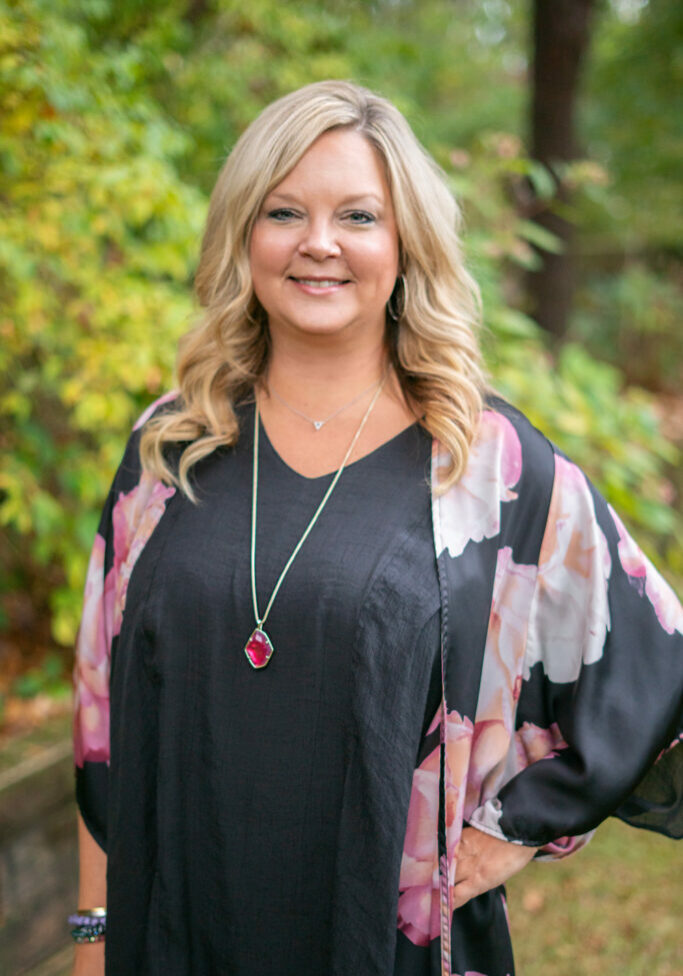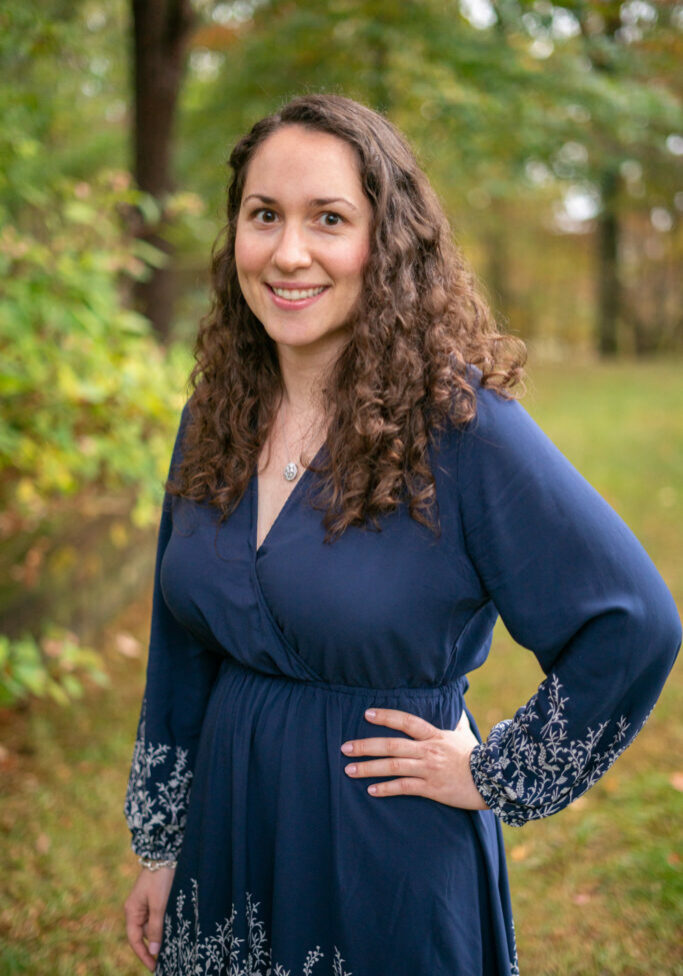A Few Tips for Protecting Your Eyesight
Having healthy eyesight is a critical component of maintaining a good quality of life.
As many as one sixth of adults struggle with an eye condition that threatens their sight, and far more will experience a certain amount of vision loss as they get older. Some of the leading causes of low vision and blindness are age-related, such as macular degeneration, cataracts, glaucoma, and diabetic retinopathy. Fortunately, there are a few tips we can follow to minimize our risks and keep our eyes as healthy as possible.
Build Healthy Lifestyle Habits
Staying active and eating healthy aren’t just a good way to stay trim and fit, they help our eyes stay healthy! In particular, try to make fruits and dark leafy greens a significant part of your diet and get regular exercise. Just as important is avoiding unhealthy habits like smoking. Smoking in particular is a huge risk factor for many sight-threatening conditions.
Schedule Regular Physical Exams
Chronic conditions like high blood pressure and diabetes, if untreated, can lead to serious eye health problems. Diabetes is linked with diabetic retinopathy and macular degeneration, and someone with untreated high blood pressure is more prone to eye strokes. All of these can result in permanent vision loss, which is why regular checkups at the doctor’s office are so important for eye health. The earlier a chronic condition is discovered, the earlier you can start fighting back!
Watch How Your Vision May Be Changing
Changes in eyesight tend to be very gradual, which can make them hard to notice at first. If you do notice a change, schedule an eye appointment. Whether it’s the early stages of a serious eye condition or you simply need a prescription updated, it’s important to get the eye doctor’s expertise. If you experience symptoms like flashes of light, eye pain or swelling, red eyes, or a sudden increase in how many floaters you see, however, get straight to the eye doctor.
Learn Your Risk Factors for Eye Diseases
If your family has a history of eye diseases, diabetes, or high blood pressure, it could mean you’re at higher risk of developing them too. Age is also a huge risk factor. We can’t control whether we fit into these high-risk categories or not, but we can take good precautions like sticking to a regular eye exam schedule and maintaining those healthy lifestyle habits.
Protect Your Eyes from the Sun
Keeping our eyes safe from harmful UV rays isn’t as easy as grabbing the cheapest pair of sunglasses we can find. We have to make sure the sunglasses we choose are specifically designed to block 100% of UV-A and UV-B rays. If they do, it will be on the label. Sunglasses that don’t block UV rays can actually be worse than no sunglasses at all, because they lower our eyes’ defenses.
Schedule Your Eye Exams
Eye exams play a very important role in maintaining healthy eyesight for life. Some sight-threatening diseases cannot be reversed, but when they are caught early, there’s a lot we can do to slow or halt their progression. This is why regular eye exams can be the difference between permanent vision loss and successfully saving a patient’s sight. Your personal risk factors will determine how frequent those eye exams should be, but a good starting point is once every other year.













